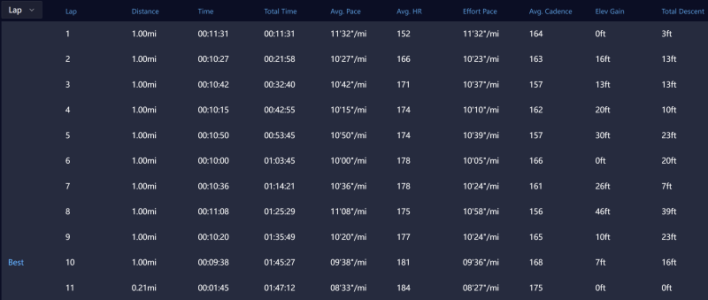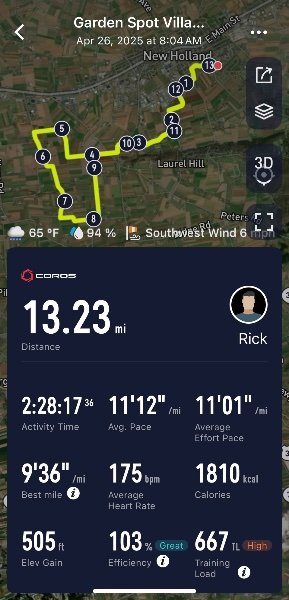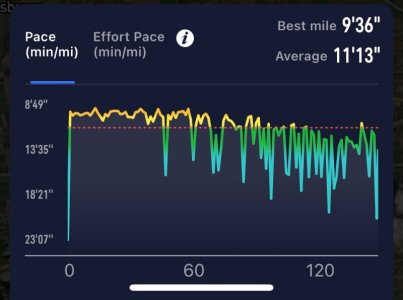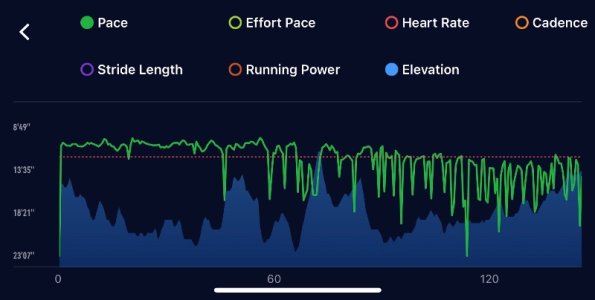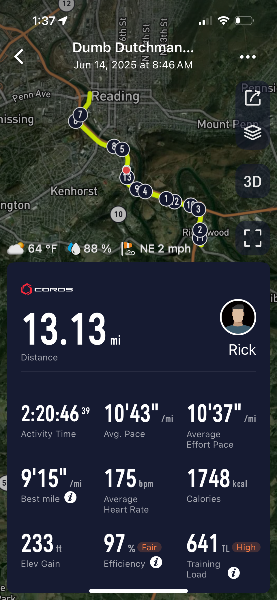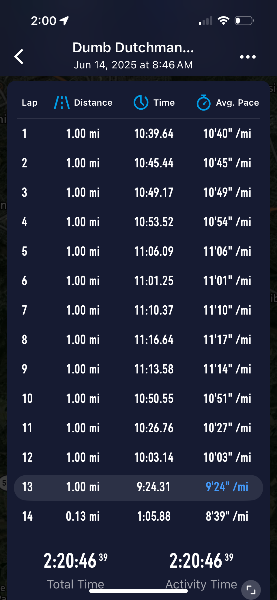Here's a post some years ago about the run/walk methodology that might be relevant to the conversation:
Some science for run/walk methodology
As for mathing, my co-worker and I developed this formula some years ago to aid in determining run/walk pacing:
Run/Walk Training Paces
This calculator uses a method of physiologically relevant pacing combined with the run/walk style. It's an attempt at developing a calculator that will suggest pacing schemes for you based on different training paces. To use this calculator, make sure the yellow box for "comfortable walking pace" has been inputted in a HH:MM:SS format (such as 0:17:00 for 17 minute/mile walking pace). As you can see, the walking pace is fixed at your set value for a comfortable walk. The duration of the walk is also fixed at 30 seconds. The run pace is fixed based on the different paces themselves. Lastly, the run duration is calculated using the formula:
((Walking Pace - Average Pace)*Walking Duration) / (Average Pace - Run Pace) = Run Duration
The output are 5 paces that can used in training. There are two different versions of this calculator based on the style of run/walk someone desires.
Option A = Slower run pace, but with longer run duration
Easy/Long = 80% of training would be at this pace. The basis is to keep this pace truly easy and mostly for building fatigue from one run to the next. In keeping with this philosophy, I set the run pace to be at the "long run" continuous pace as to elicit the desired nearly 100% easy aerobic pacing.
Marathon = The run pace on this interval set is the "LT" pace. This is the estimated lactate threshold pace for the runner (estimated 60 min race pace). The normal run to rest ratio is 5:1 for LT pace in a training workout.
Half-Marathon = The run pace on this interval set is the "5k" pace.
10k = The run pace on this interval set is the "3k" pace. This pace is very close to a VO2max training pace. Ideally, the run duration of this pace is kept between 2-5 min with equal rest. But keeping the run duration to less than 2 min is ideal. The normal run to rest ratio is 1:1 in a training run.
5k = The run pace on this interval set is the "Mile" pace. Ideally, the run duration of this pace is kept to less than 2 minutes. The normal run to rest ratio of mile pace in a training workout is 1:2-3.
Option B = Faster run pace and a shorter run duration
Easy/Long = 80% of training would be at this pace. The basis is to keep this pace truly easy and mostly for building fatigue from one run to the next. In keeping with this philosophy, I set the run pace to be at the "long run" continuous pace as to elicit the desired nearly 100% easy aerobic pacing.
Marathon, Half-Marathon, and 10k = The run pace on this interval set is the "3k" pace. This pace is very close to a VO2max training pace. Ideally, the run duration of this pace is kept between 2-5 min with equal rest. But keeping the run duration to less than 2 min is ideal. The normal run to rest ratio is 1:1 in a training run.
5k = The run pace on this interval set is the "Mile" pace. Ideally, the run duration of this pace is kept to less than 2 minutes. The normal run to rest ratio of mile pace in a training workout is 1:2-3.
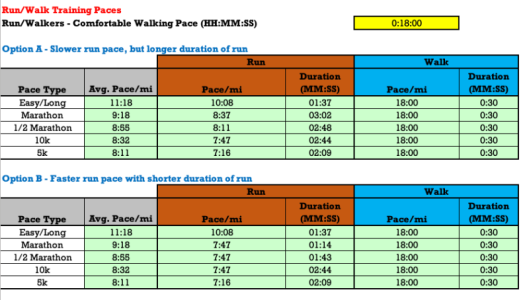
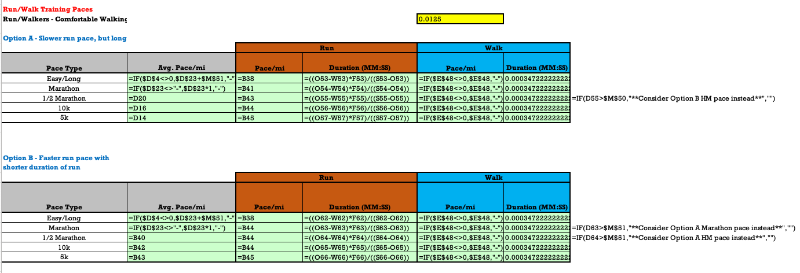
It's created by mixing the principles of Billat/Daniels with Galloway. I can share it via email if anyone wants to play around with it. it does contain some proprietary Daniels formula information that helps power the calculator that I was able to get my hands on that I can't just post online.
